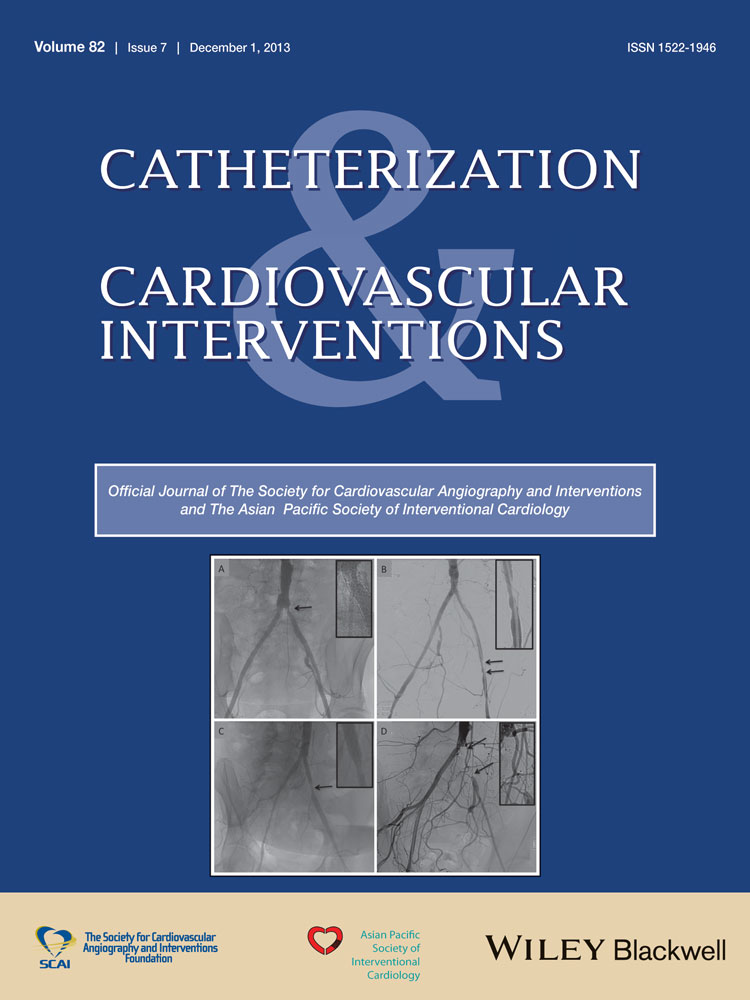Subclavian artery pseudoaneurysm complicating central venous catheterization
Endovascular treatment with amplatzer vascular plug 4 and covered stent
Conflict of interest: Nothing to report.
Abstract
Central venous catheterization is a routine vascular access procedure; however, it may be associated with life-threatening complications such as arterial puncture, leading to pseudoaneurysm formation. We report a case of a 41-year-old female that developed an iatrogenic left subclavian pseudoaneurysm complicating the attempt of left internal jugular vein cannulation for temporary hemodialysis therapy. The patient underwent urgent endovascular treatment with deployment of covered stent into the left subclavian artery (SCA) after embolization of the origin of the left internal mammary artery with Amplatzer Vascular Plug 4. The patient's recovery was unremarkable. Follow-up till 24 months reveals total exclusion of the pseudoaneurysm of the left SCA with patency of the distal branches. © 2013 Wiley Periodicals, Inc.




